
TVS iQube S 4000km Long Term Test Report | 5 Likes And 4 Dislikes |...
- May 9, 2023
- Views : 6051

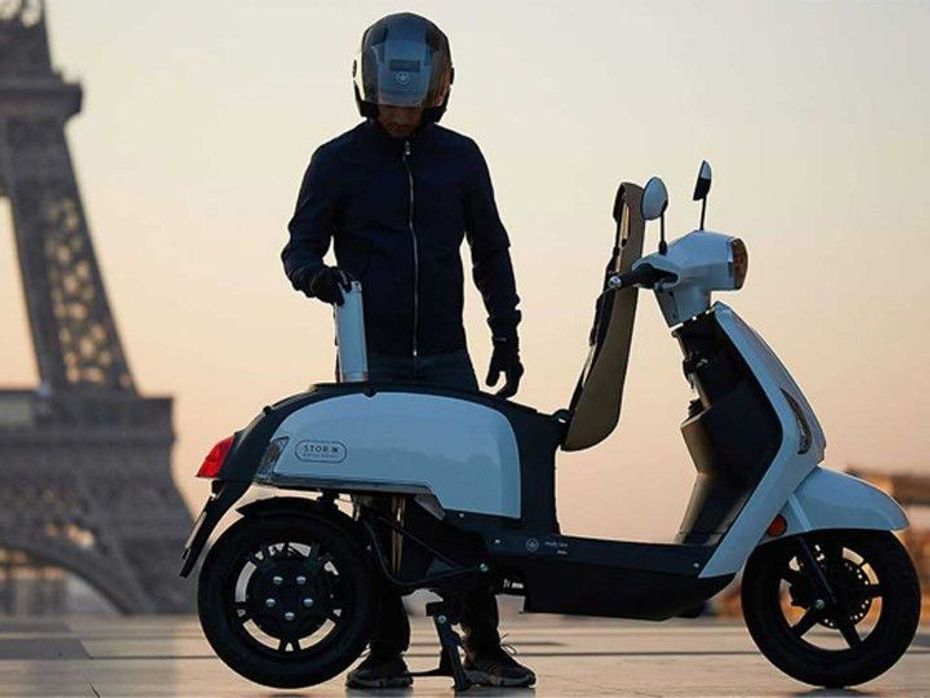
When you think of renewable and automotive, battery powered electric vehicles come to mind. But there is a school of thought that would argue there’s a better way. Case in point, Hydrogen. Yes, the same thing that has greater destructive power compared to an atomic bombs can efficiently power a vehicle and the only residue it leaves behind is water. Then why is it that we don’t see more than a few concept vehicles powered by Hydrogen? Let’s find out.
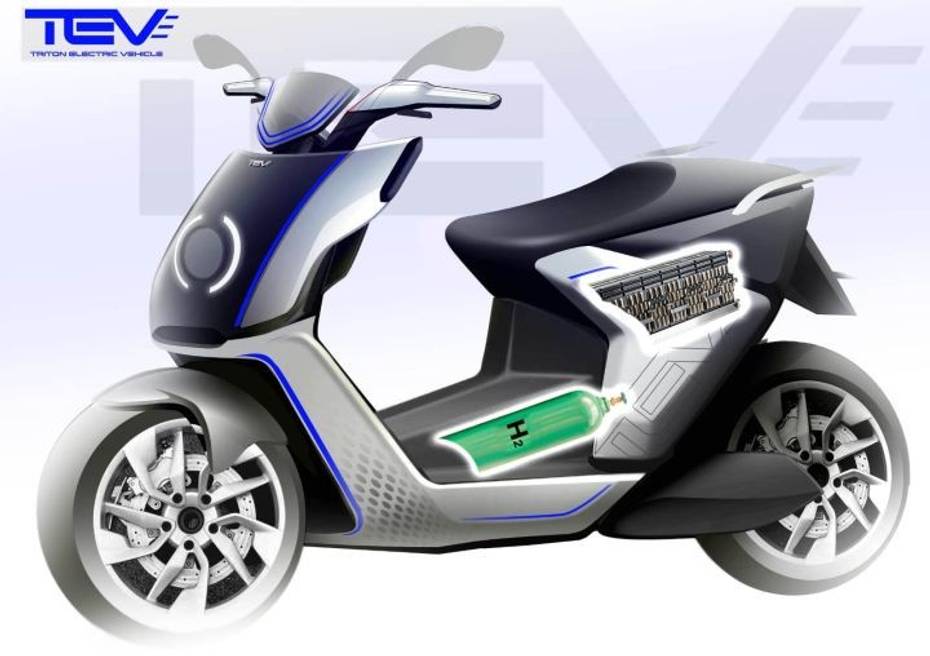
Last month US-based Triton Electric officially announced its arrival in India and has plans for a made-in-India hydrogen scooter. In fact, even TVS submitted a patent for a hydrogen scooter. This shows that while hydrogen tech is still nascent, it is slowly making its way to the mainstream.
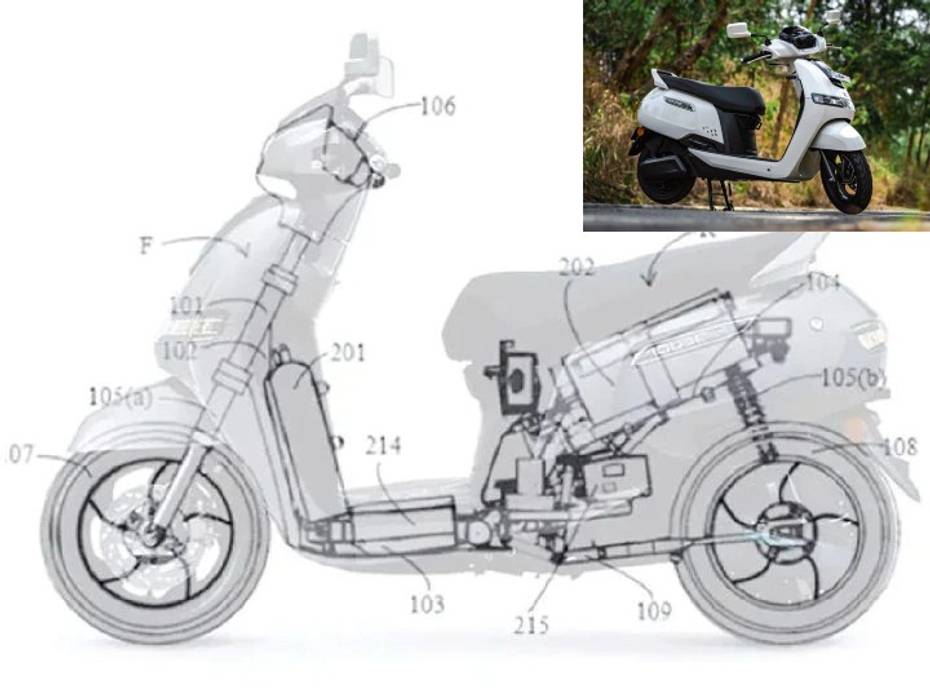
Abundance:
Unlike Lithium-ion reserves, Hydrogen is literally found everywhere. It is a limitless resource and free from any governmental resource centralisation like fossil fuel if you have the tech.
It’s clean:
The only residue is water and heat. Because when you burn hydrogen and oxygen, water is the Ash that remains. It’s efficient, compact to store and faster to refuel:
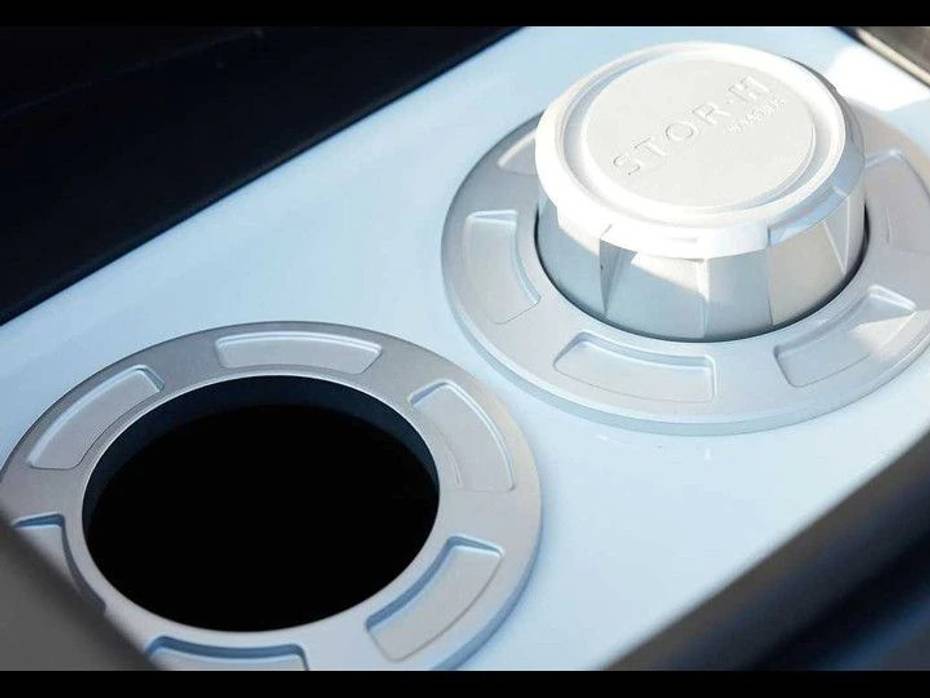
Hydrogen powered scooter concepts like the Mob-ion AM1 have shown that two Coke cans stacks sized hydrogen cells is sufficient to power a 3kW motor eliminating the need for heavy battery packs. Some research also claims that they are 2.5x more efficient than conventional engines. Furthermore, topping up hydrogen takes only a few minutes unlike EVs that take hours to charge.

Many methods of production:
Hydrogen can be harnessed using electrolysis, steam methane reforming(extracting hydrogen from natural gas) and gasification, a process producing hydrogen from steaming coal. And because processes like electrolysis can be done locally, you can generate the fuel at the fuel station itself.
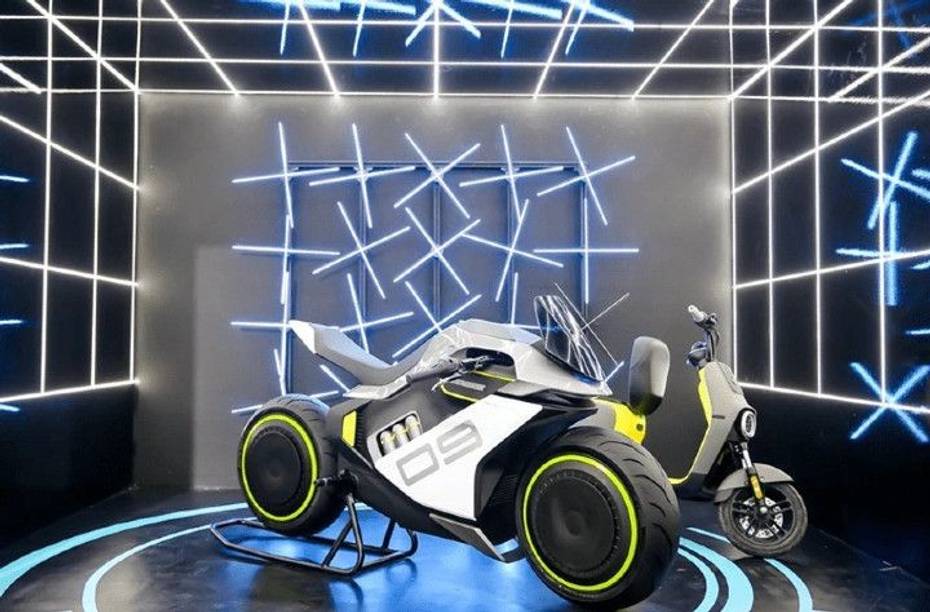
Firstly, despite the science of harnessing hydrogen for fuel has been proven, the viability of living with hydrogen powered vehicles currently is limited. And that’s because:
1. The process of producing hydrogen consumes a lot of energy in itself.
2. Storage is tricky.
Hence there is a lack of infrastructural support from governments.
EVs on the other hand are doing better in the green movement with better global support, infrastructure grants, subsidies and mainly because making batteries is easier engineering than morphing hydrogen via electrolysis.
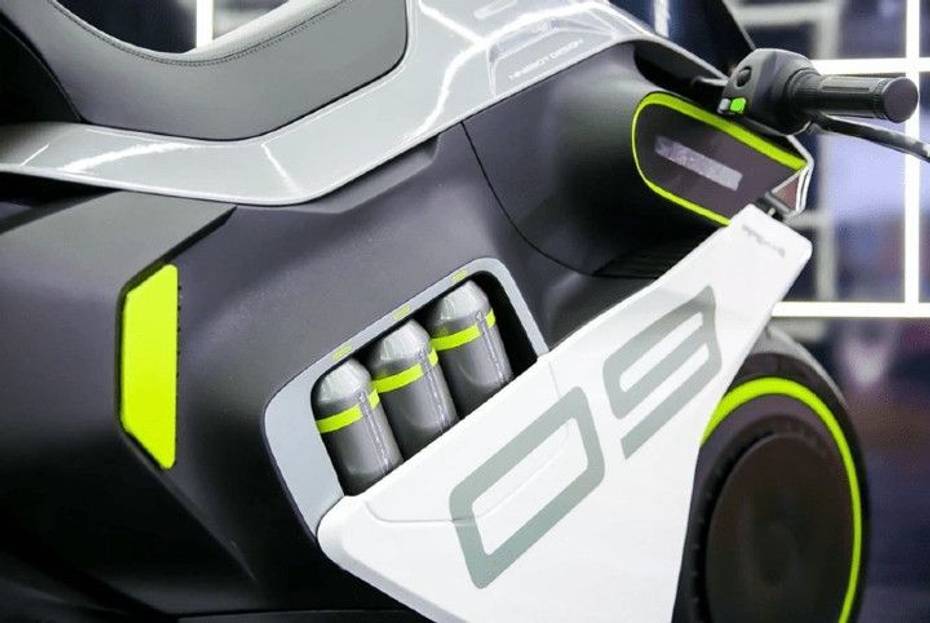
The greatest challenge for hydrogen is storage. The highly volatile gas needs to be stored well in pressurised cylinders, and besides the given risks, there’s also the element of fear of safety, like poorly built EV battery packs that catch fire. It’s off putting. But that’s a matter of habit and will change over time. We use LPG cylinders on a daily basis after all.
But all that aside, the biggest challenge of having a hydrogen setup on motorcycles in India is the lack of assurity on quality. Mishaps like the recent EV fires can be even more catastrophic if bike makers dabbling with the tech do not double down on quality of parts like storage tanks and cells.
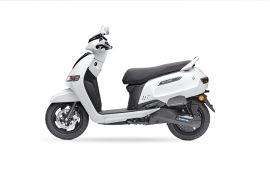

TVS iQube S 4000km Long Term Test Report | 5 Likes And 4 Dislikes |...

TVS Has Announced Exciting Festive Offers On The iQube Electric...

TVS iQube Celebration Edition Launched To Commemorate India’s...

Top 5 Best-Selling Electric Two-wheelers In May 2024

TVS iQube Recalled Over Faulty Chassis Component

TVS iQube ST 5.1kWh vs Ather 450 Apex vs Ola S1 Pro vs Bajaj Chetak...

TVS iQube ST 3.4kWh Variant VS Ather Rizta Z Image Comparison

2024 TVS iQube Electric Scooter; Variants Explained

BREAKING: Cheaper TVS iQube Variant Launched; iQube ST Gets Two...
 Honda Activa e
Honda Activa e
 Bajaj Chetak
Bajaj Chetak
 Ola S1 X
Ola S1 X
 Ather Rizta
Ather Rizta
India's largest automotive community
 TVS NTORQ 125
Rs. 86,841
TVS NTORQ 125
Rs. 86,841
 TVS Jupiter
Rs. 74,691
TVS Jupiter
Rs. 74,691
 TVS Jupiter 125
Rs. 79,299
TVS Jupiter 125
Rs. 79,299
 TVS XL100
Rs. 44,999
TVS XL100
Rs. 44,999
 TVS Scooty Zest
Rs. 74,476
TVS Scooty Zest
Rs. 74,476
 TVS Apache RTR 160
Rs. 1.20 Lakh
TVS Apache RTR 160
Rs. 1.20 Lakh
 TVS Raider
Rs. 85,010
TVS Raider
Rs. 85,010
 TVS Ronin
Rs. 1.35 Lakh
TVS Ronin
Rs. 1.35 Lakh
 TVS Apache RTR 160 4V
Rs. 1.24 Lakh
TVS Apache RTR 160 4V
Rs. 1.24 Lakh
 TVS Apache RTR 310
Rs. 2.49 Lakh
TVS Apache RTR 310
Rs. 2.49 Lakh
 Mahindra BE 6
Rs. 18.90 Lakh
Mahindra BE 6
Rs. 18.90 Lakh
 Mahindra XEV 9e
Rs. 21.90 Lakh
Mahindra XEV 9e
Rs. 21.90 Lakh
 Hyundai Creta Electric
Rs. 17.99 Lakh
Hyundai Creta Electric
Rs. 17.99 Lakh
 MG Windsor EV
Rs. 13.99 Lakh
MG Windsor EV
Rs. 13.99 Lakh
 Tata Curvv EV
Rs. 17.49 Lakh
Tata Curvv EV
Rs. 17.49 Lakh